Bienvenue
au deuxième Business Lunch de la Plateforme
Climat de l’Économie Genève avec

Partenaires:



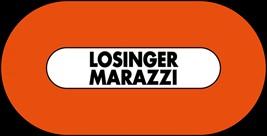






Partenaires:









«
Captage du CO₂ atmosphérique : Quel potentiel pour ces technologies ? Science-Fiction ou Solution d’Avenir ? »
Explications et appréciation critique de la technologie Direct Air Capture (DAC)
Monsieur Alfonso Gomez, Conseiller administratif en charge des finances et du développement durable, Ville de Genève
Madame Dre. Kari De Pryck, Maîtresse assistante, Université de Genève, Institut des sciences de l’environnement
Monsieur Laurent Müller, Directeur Strategic Partnerships Management, Climeworks AG



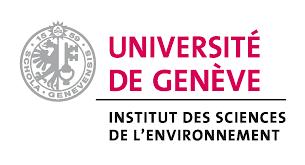
Dre.KariDePryck,maîtresse-assistante,ISE,kari.depryck@unige.ch
• L’origine de la notion d'émissions négatives
• Types de technologies à émissions négatives
• Rôle des émissions négatives
• Enjeux et défis
• Faisabilité
• Efficacité
• Impact
• Emissions négatives et marchés carbones


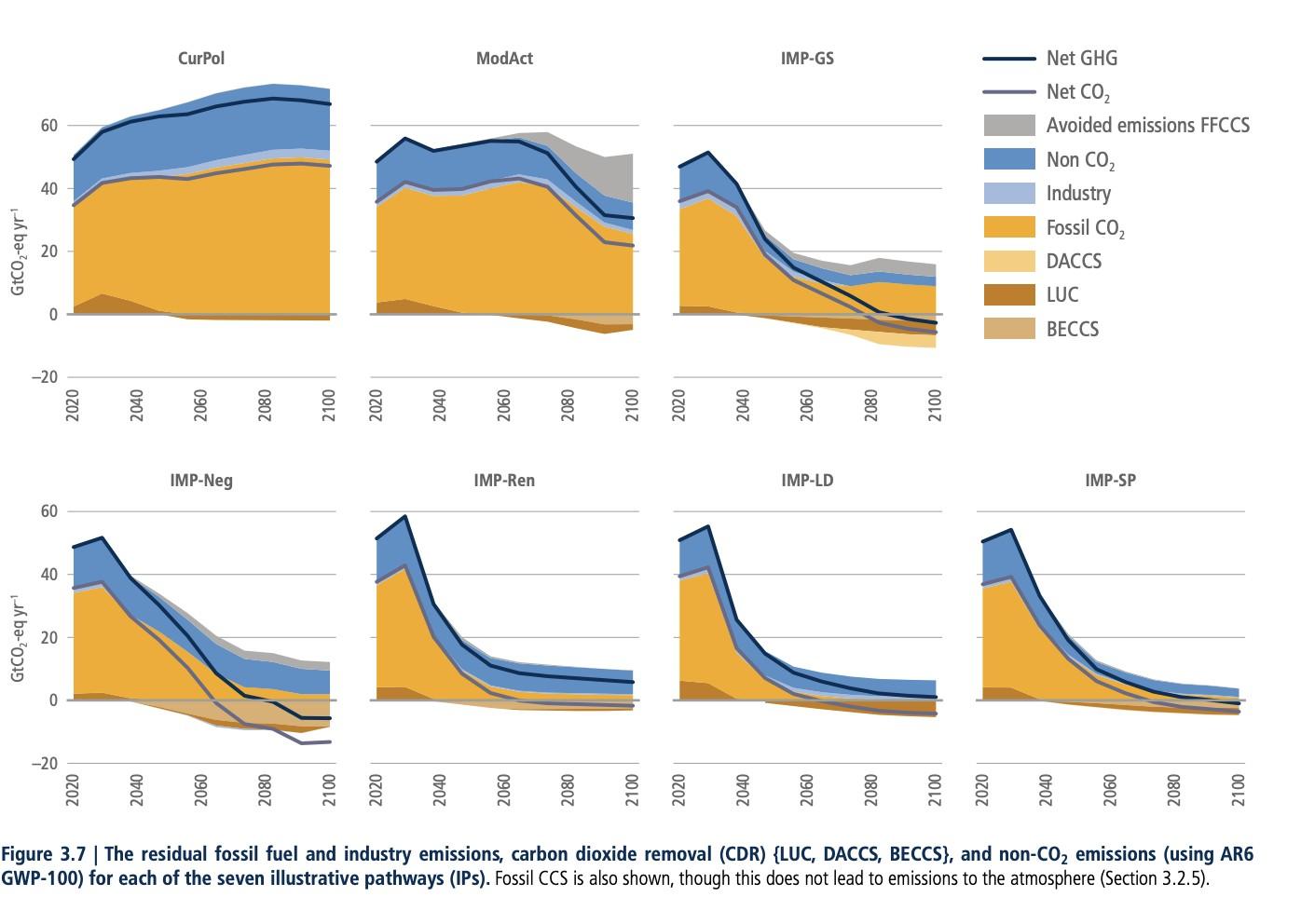

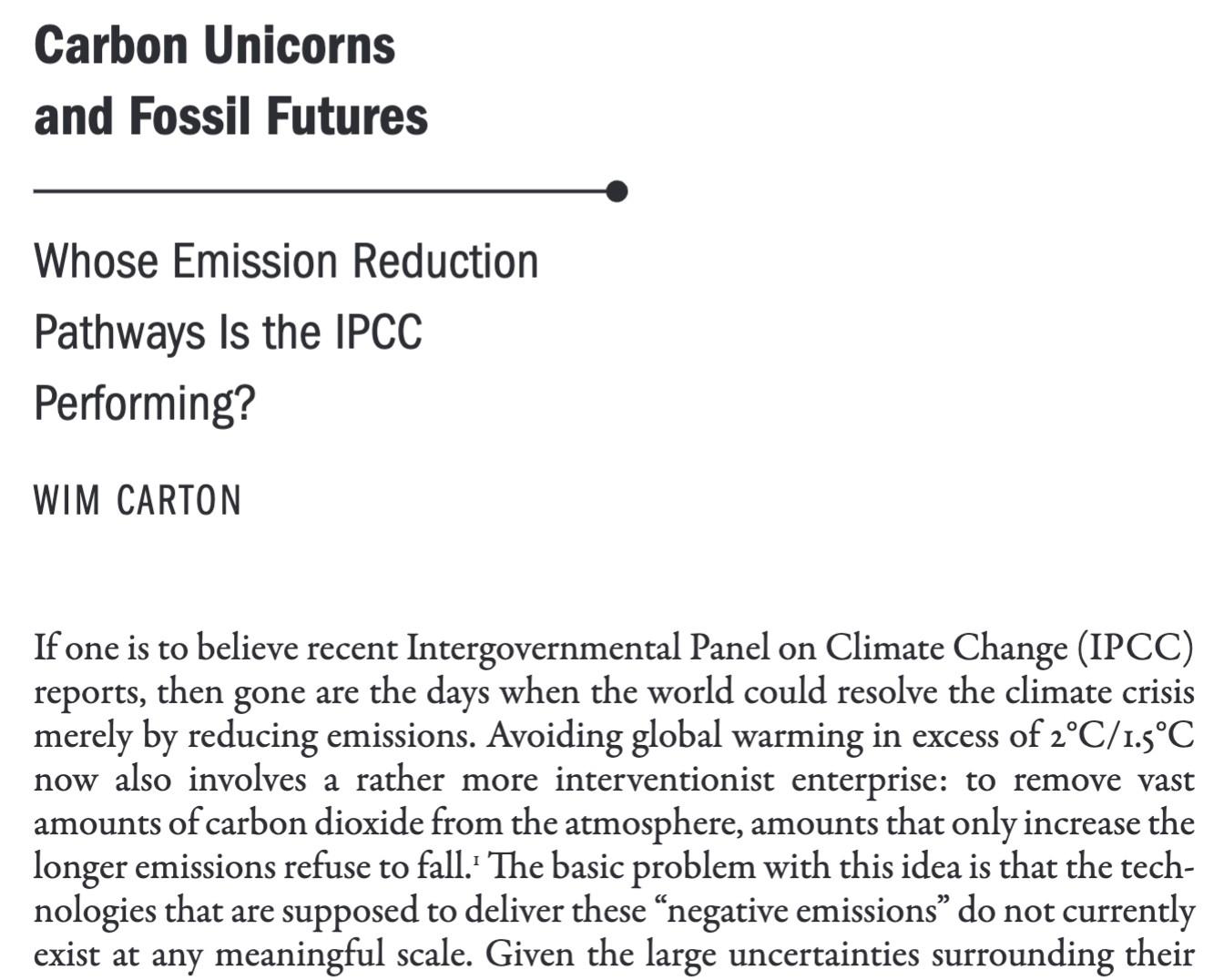
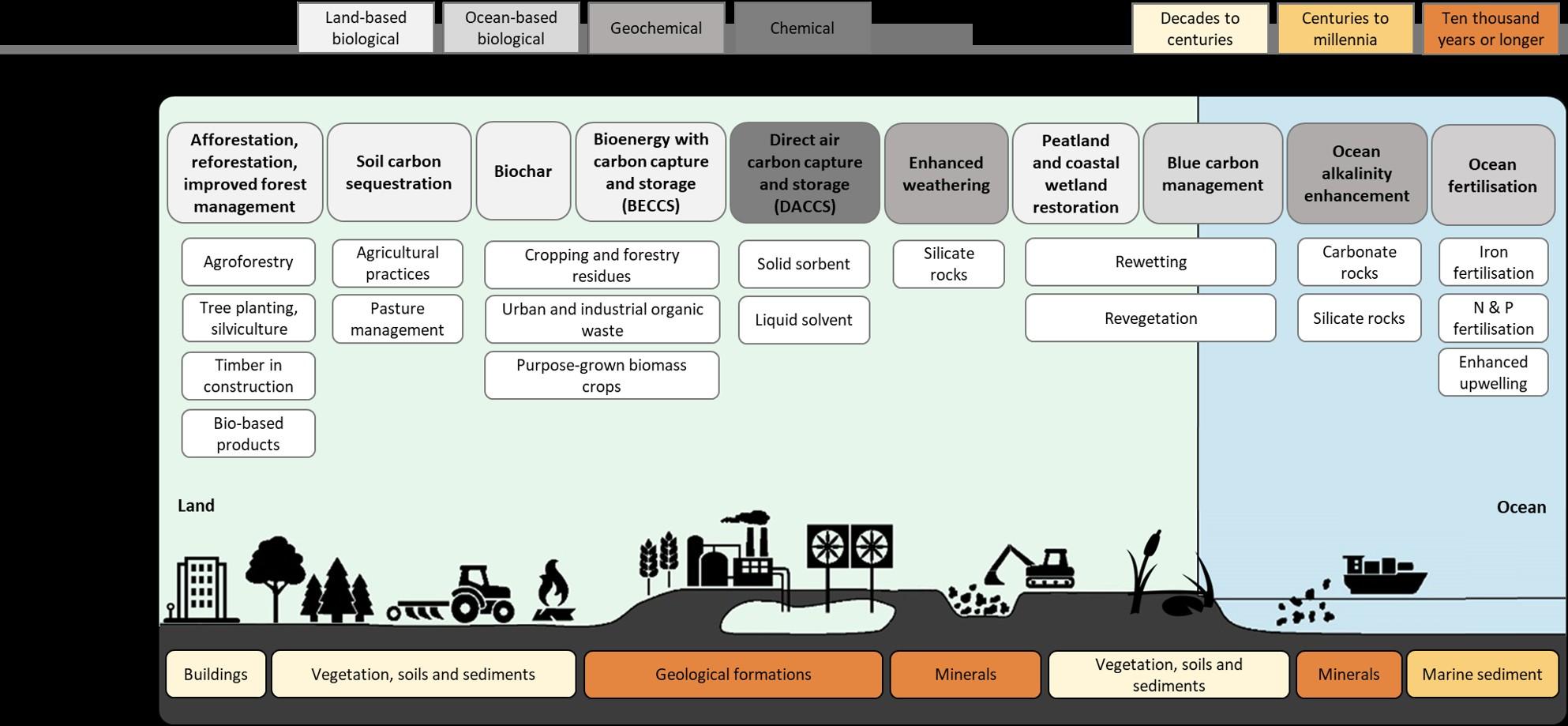
R a p p o r t d u G r o u p e I I I , 2 0 2 3
• À court terme Réduire les émissions nettes
• À moyen terme Compenser les « émissions résiduelles »
• À long terme Atteindre un bilan carbone négatif dans le cas d’un dépassement de la température mondiale
Rapport du Groupe III, 2023
• Une notion mal définie (Buck et al., 2023)
• Les émissions des « secteurs difficiles à décarboner » pour des raisons économiques et techniques
• L’agriculture (l’élevage, les fertilisants …)
• L’aviation et le transport maritime
• L’industrie (ciment, acier, produits chimiques …)
• A qui le droit de déterminer ce que sont ces émissions essentielles?
Buck, Holly Jean, Wim Carton, Jens Friis Lund, and Nils Markusson. “Why Residual Emissions Matter Right Now.” Nature Climate Change 13, no. 4 (April 2023): 351–58.
• La question du coût
• La question de la maturité
• La question de la ‘durabilité’
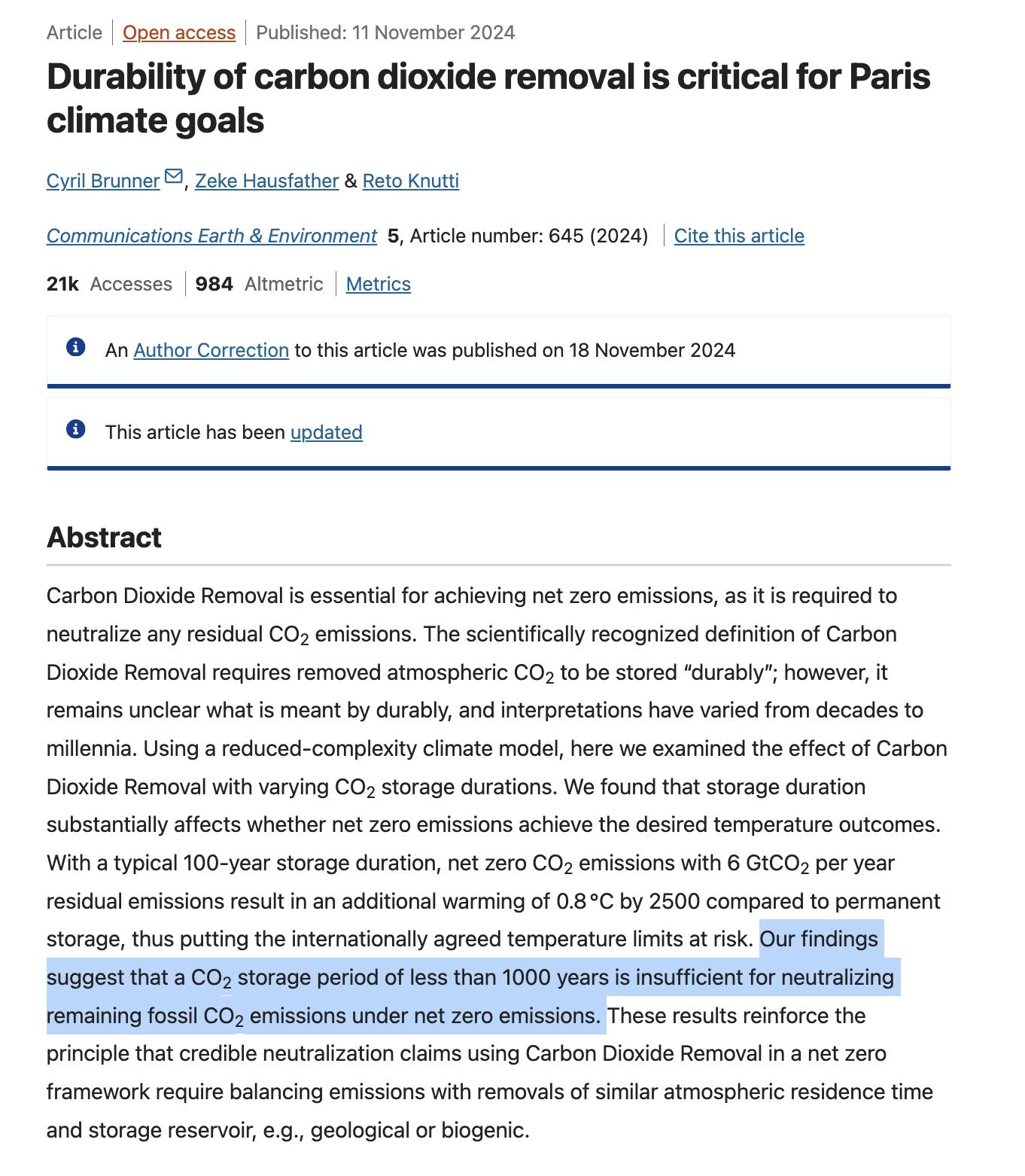
Absorption < Emission
La CDR diminuerait le CO2 atmosphérique d'une quantité approximativement égale à l'augmentation due à une émission anthropiquedelamêmeampleur(degré de confiance élevé). La diminution du CO2 atmosphérique résultant d’éliminations anthropiques de CO2 pourrait être jusqu’à 10 % inférieure à l'augmentation du CO2 atmosphérique résultant d'une quantité équivalente d'émissions de CO2, selon la quantité totale de CDR (degré de confiance moyen).
Rapport du Groupe I, 2022
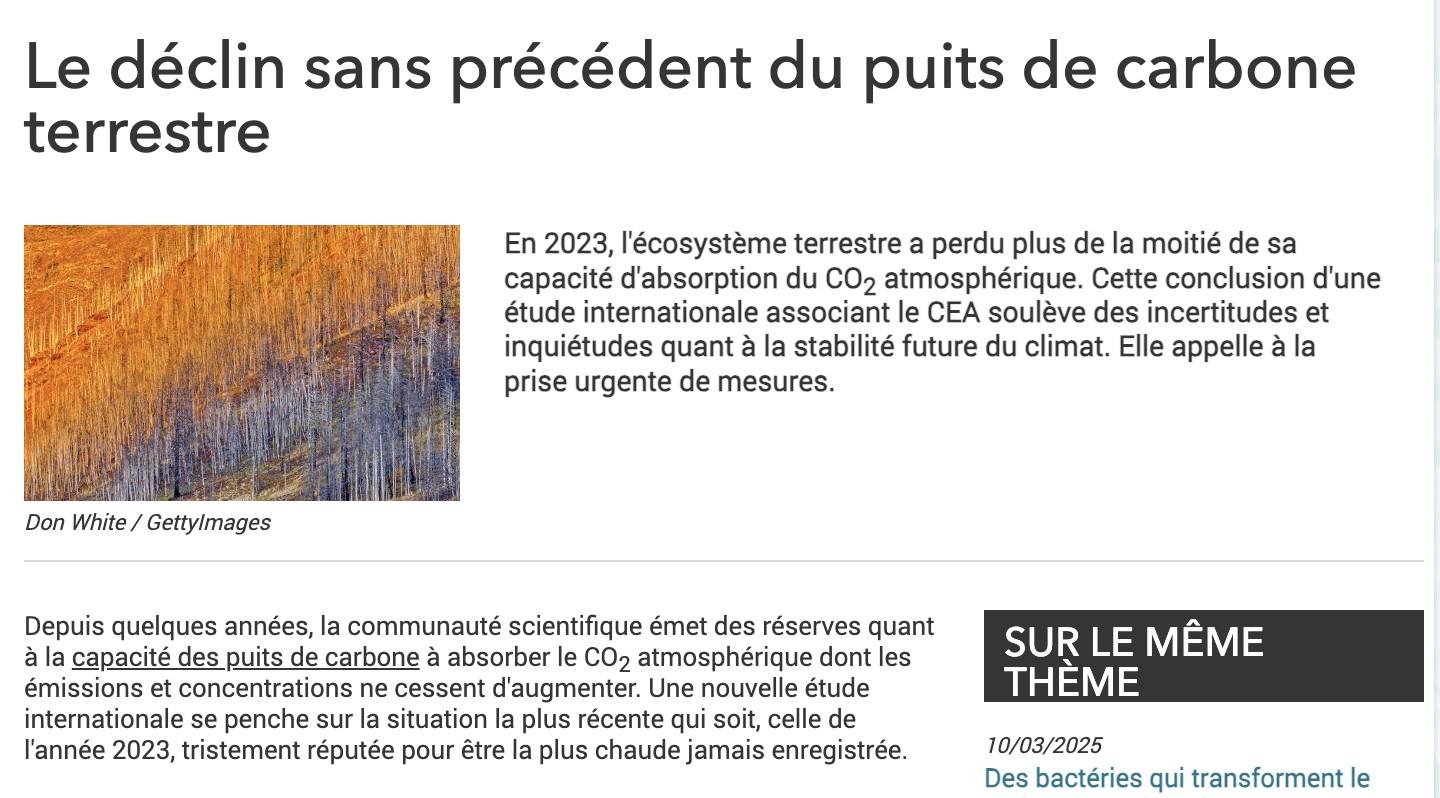

https://www.cea.fr/drf/Pages/Actualites/ En-direct-des-labos/2024/declin-sans-precedent-puits-carbone-terrestre.aspx
• Impact environnemental
• Acceptabilité
• Droits humains
• Justice

• Adoption d’un standard sur les activités de séquestration
• Adopté en tant que standard et non recommandation
• Certaines avancées
• Les participant-es doivent
• conduireuneévaluationdesrisques,notamment« d’inversion »
• minimiserl’impactenvironnementaletsocialdesactivitésde séquestration,respecterlesdroitshumainsetlesdroitsdes communautésautochtones
• Prochaines étapes: la définition de méthodologies et la mise en place d’un registre
https://unfccc.int/sites/default/files/resource/A6.4-SBM014-A06.pdf
In contrast, the inability to agree on the methodology report on carbon dioxide removal (CDR), carbon capture and storage (CCS) and carbon storage and utilization (CSU) was welcomed by many and provided temporary relief that highly uncertain and risky technologies would not be so easily included in the report. As emphasized by some observers, the IPCC itself in the AR6 identified CDR as one of the least efficient and most expensive mitigation options. It also noted risks of some of the more speculative technologies. Having the Task Force on Inventories (TFI) now provide guidance on methodologies for countries to report on these technologies as part of their inventories, many of which have not been properly tested, was sure to be controversial. Of particular concern to many was marine CDR, which includes ideas such as increasing the ocean’s alkalinity by adding minerals to the water, and ocean iron fertilization, the impacts of which are not well understood but are most likely to be irreversible and difficult, if not impossible, to contain. https://enb.iisd.org/intergovernmental-panel-climate-change-ipcc-62-summary
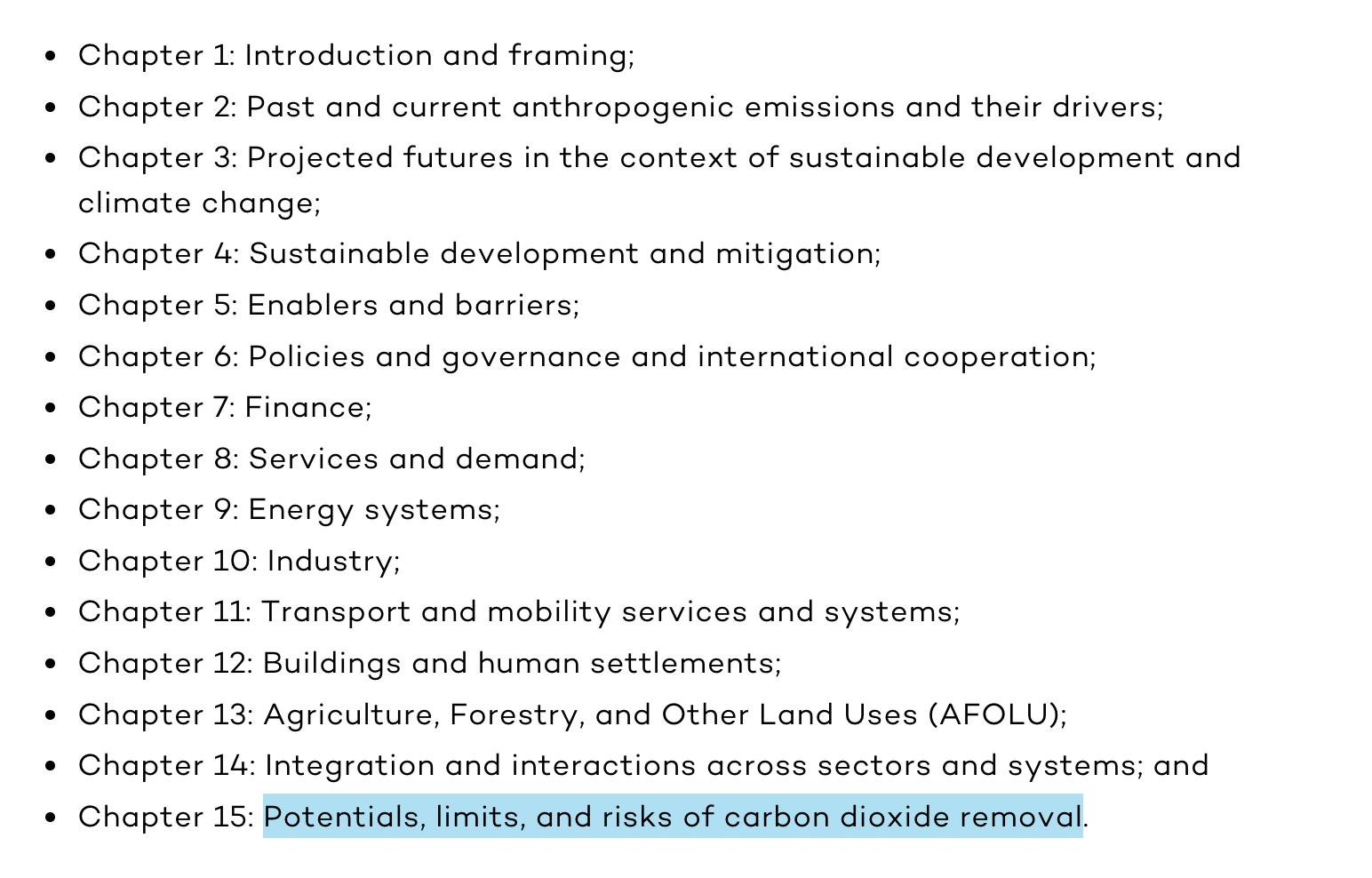
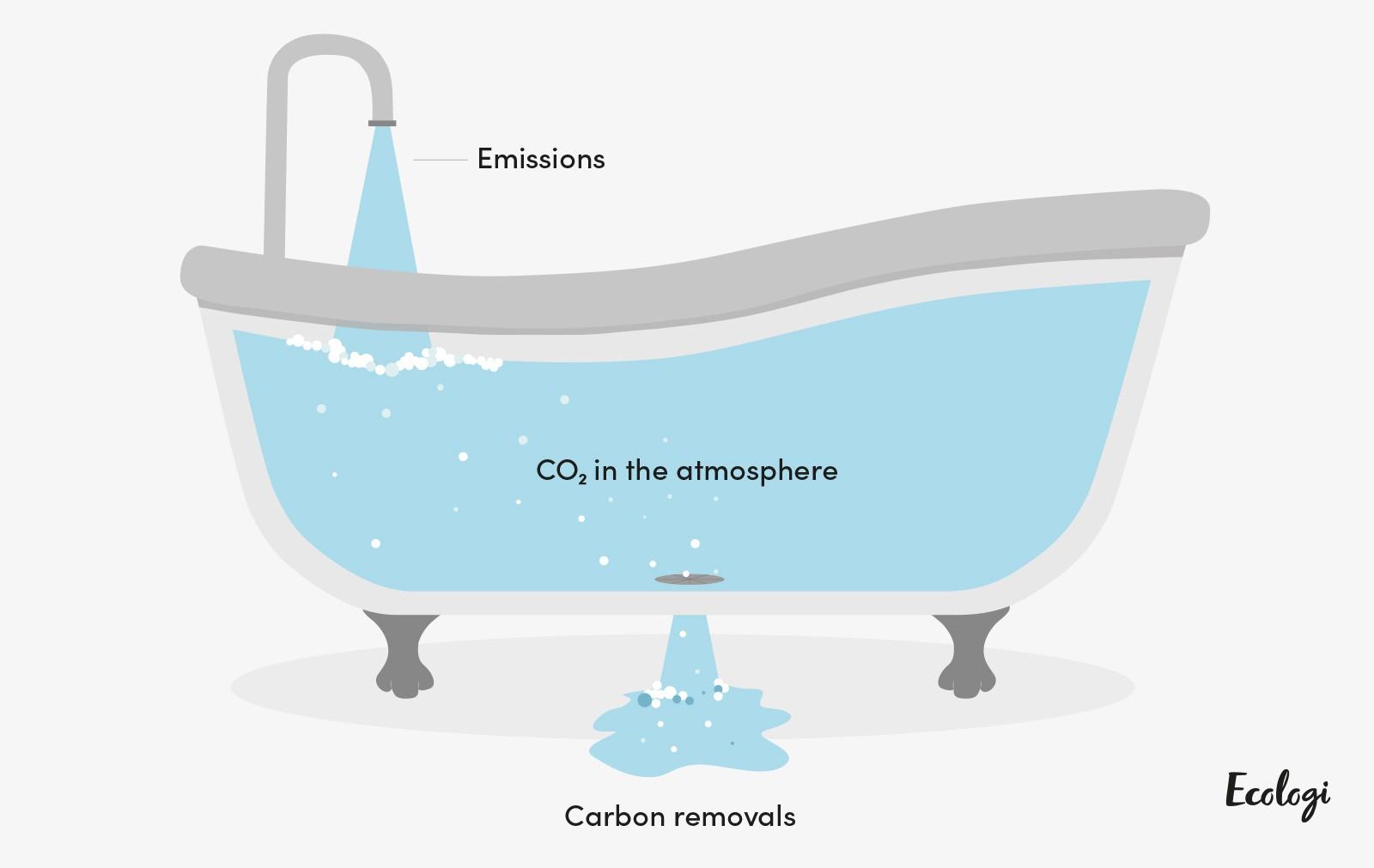
Directeur Strategic Partnerships Management, Climeworks


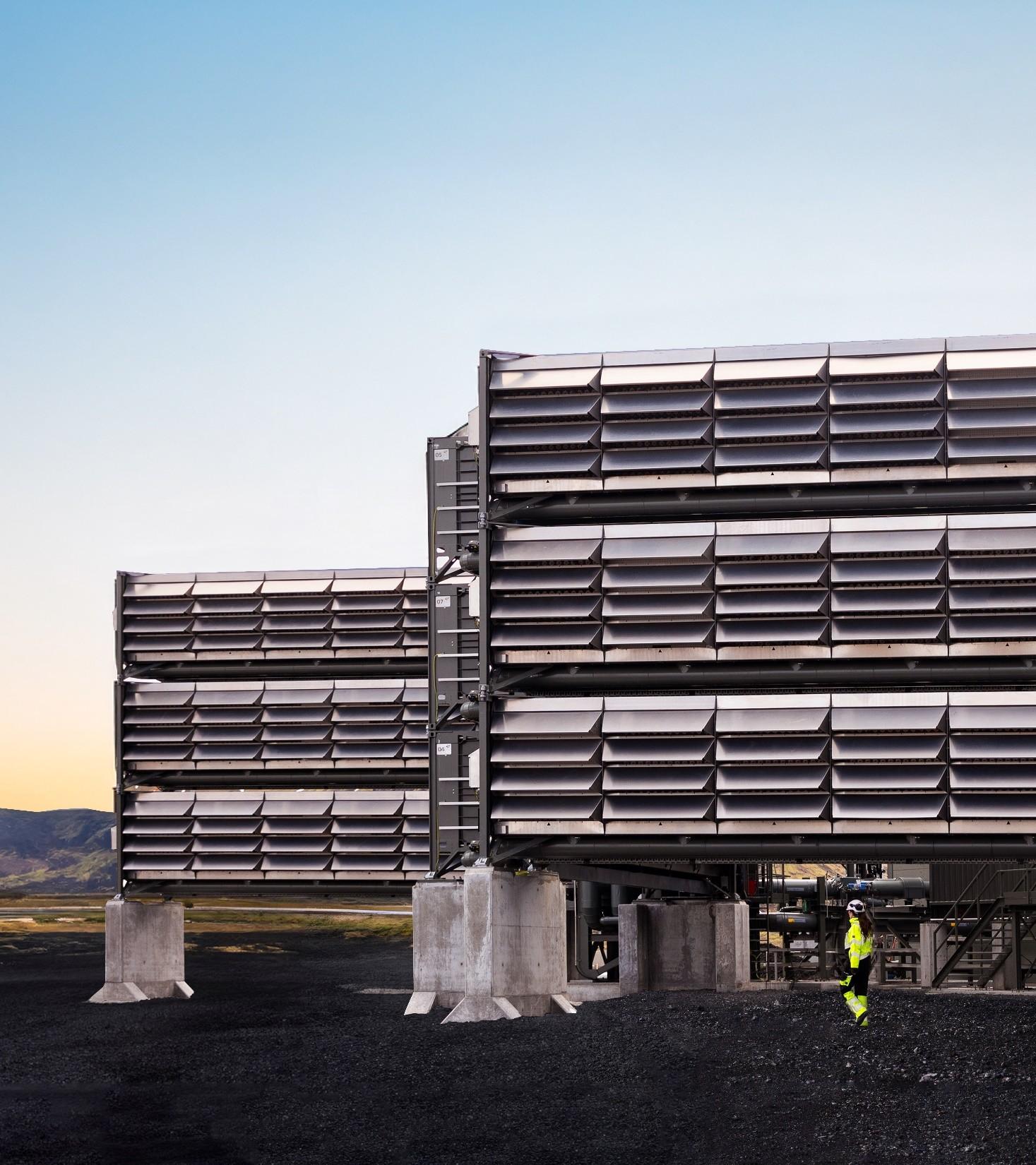
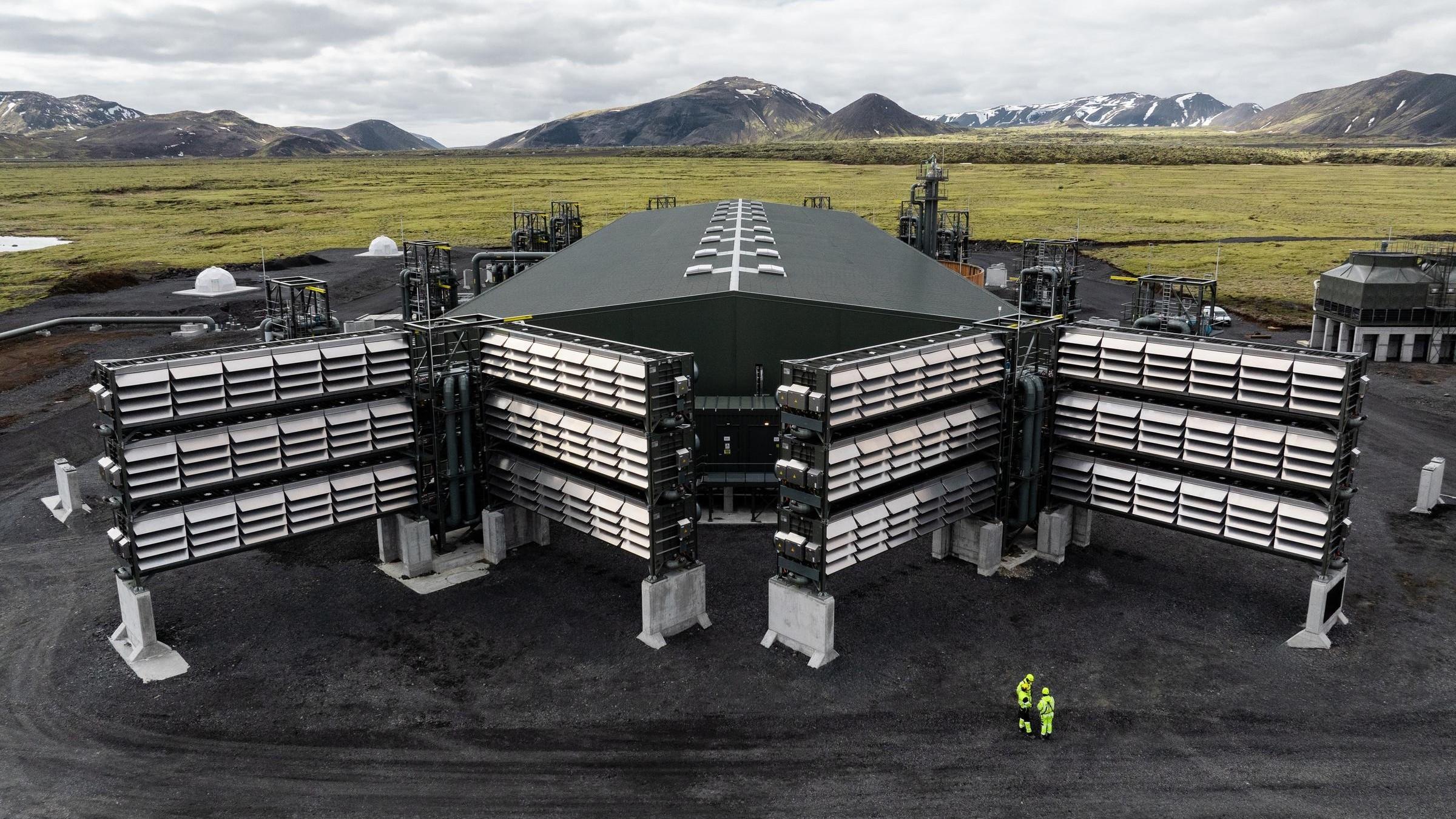
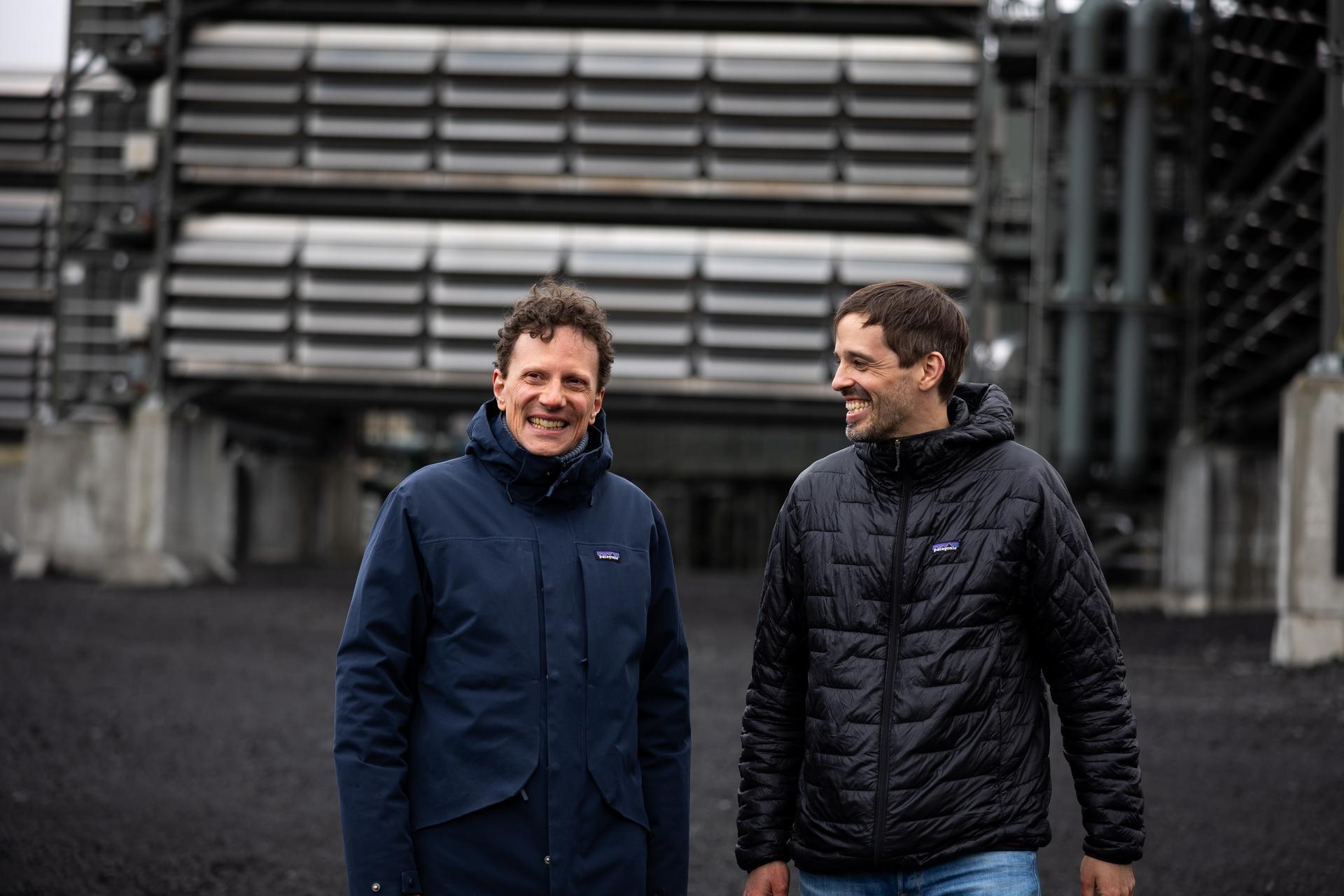
We are an innovation leader trusted by climate pioneers

We are global leading carbon removal company
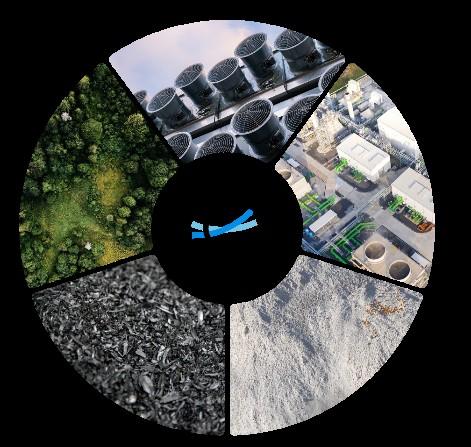
Offering Best-in-class carbon removal technologies incl. our proprietary Direct Air Capture & Storage

We are trusted by 200+ clients & multinationals


















Avoidance offsets are an emissions reduction tool as the amount of CO2 in the atmosphere stays the same



With carbon removal, emissions are removed from the atmosphere and can be drawn down to zero


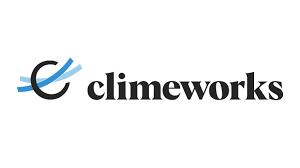

Climeworks has built and operates the Orca and the Mammoth plants and captures CO2 from air in Iceland.
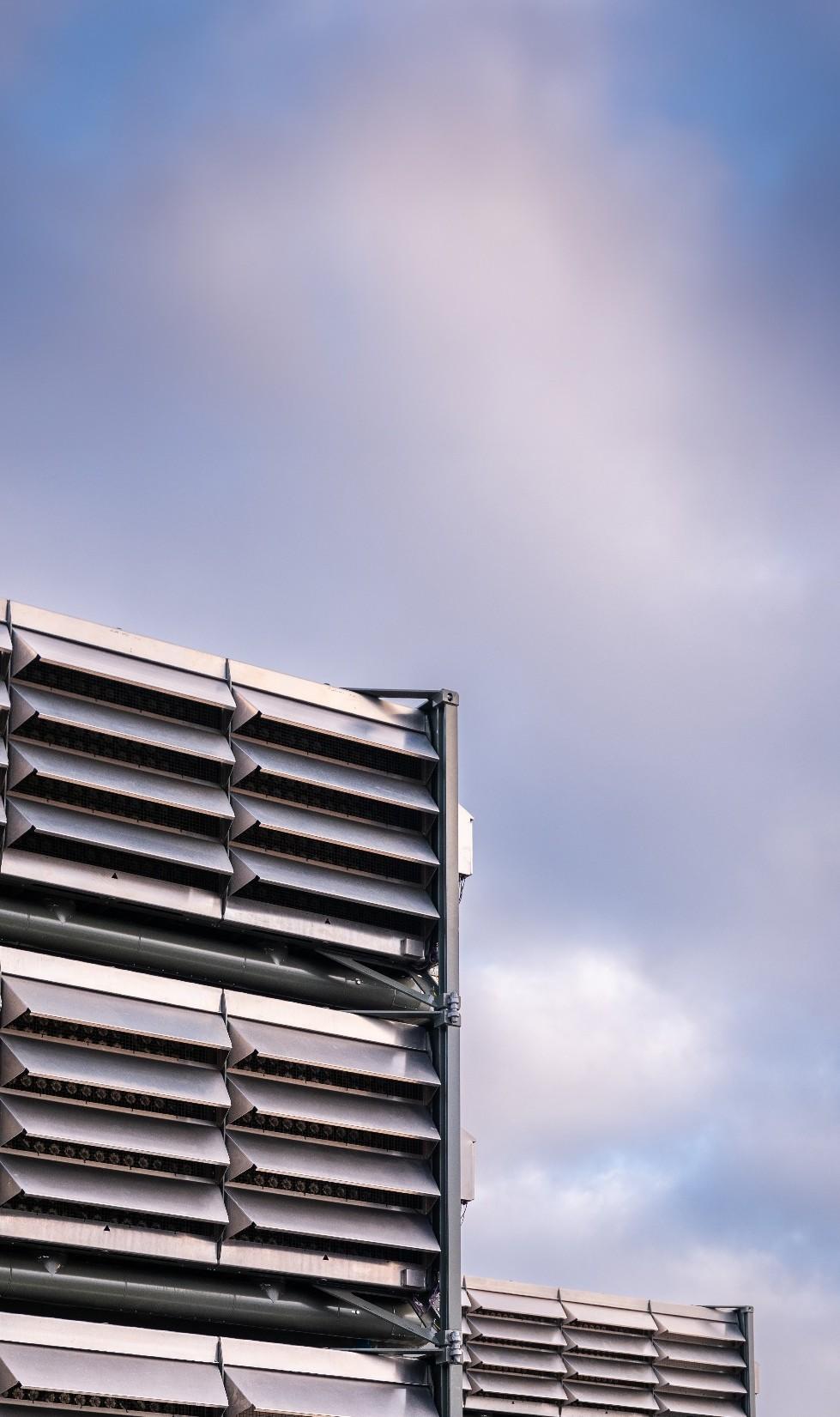
The air-captured CO2 is delivered to Carbfix who provides the permanent CO2 storage via mineralization.
The air-captured CO2 is turned into stone and permanently removed from the atmosphere for tens of thousands of years.

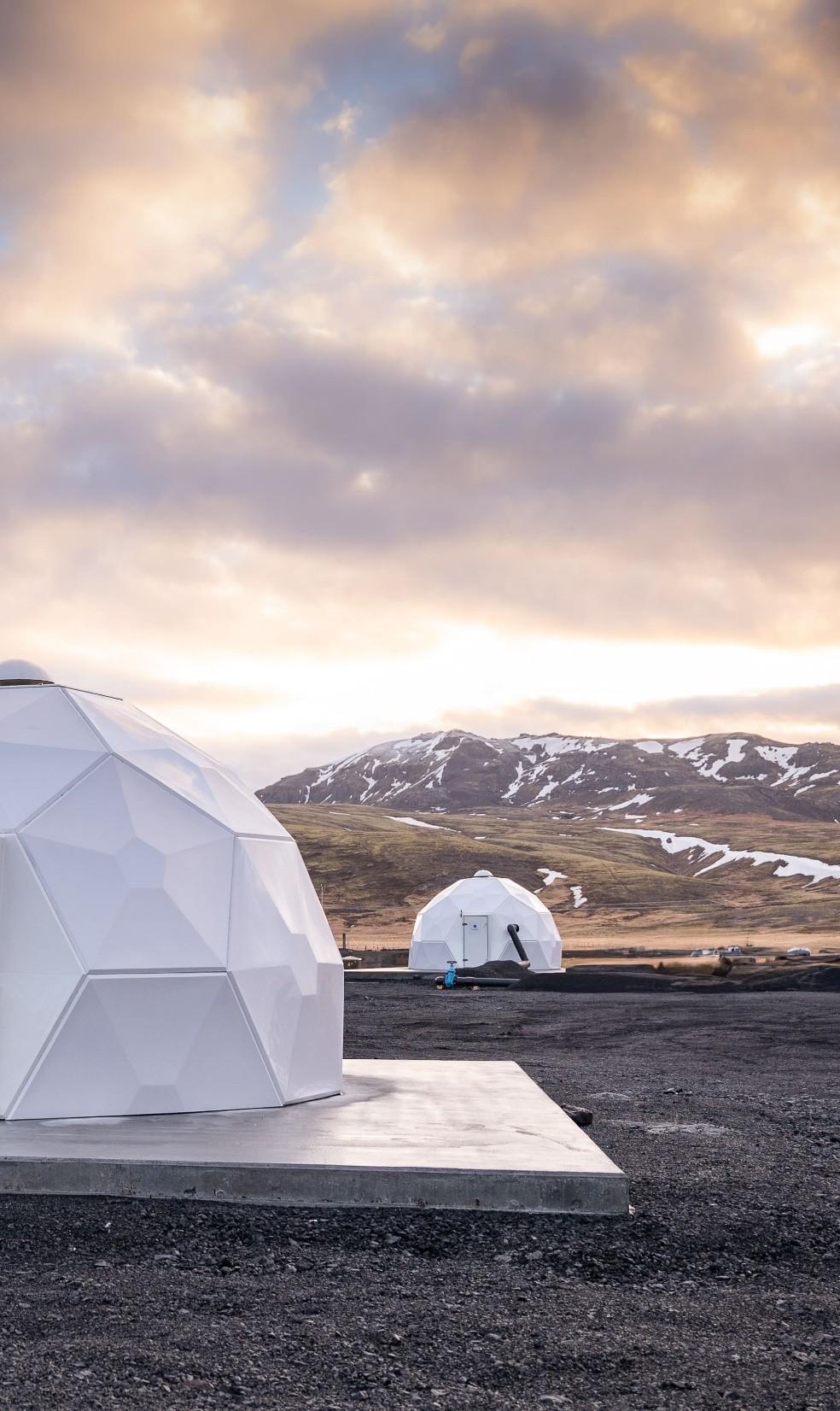
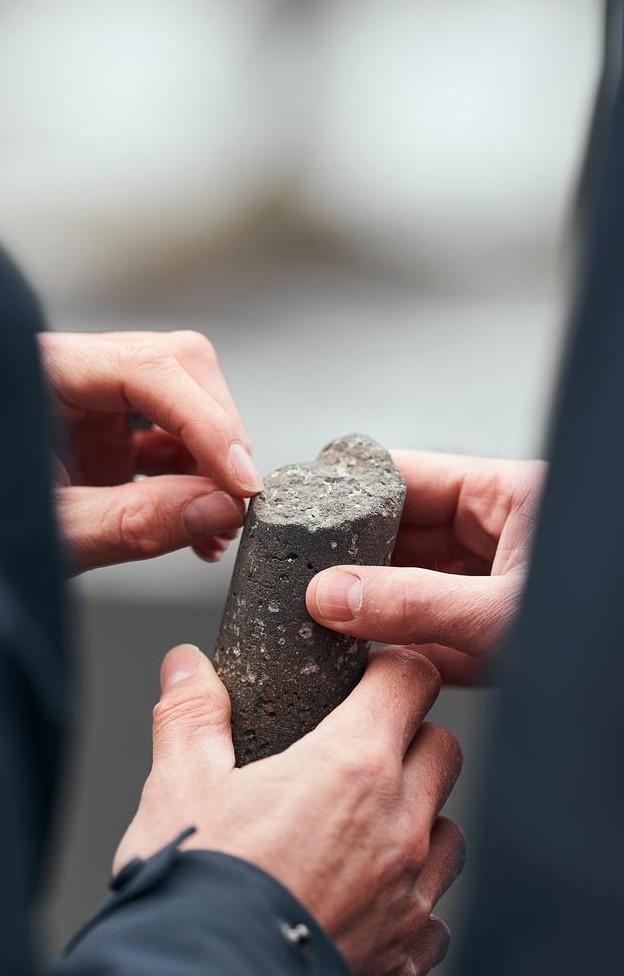

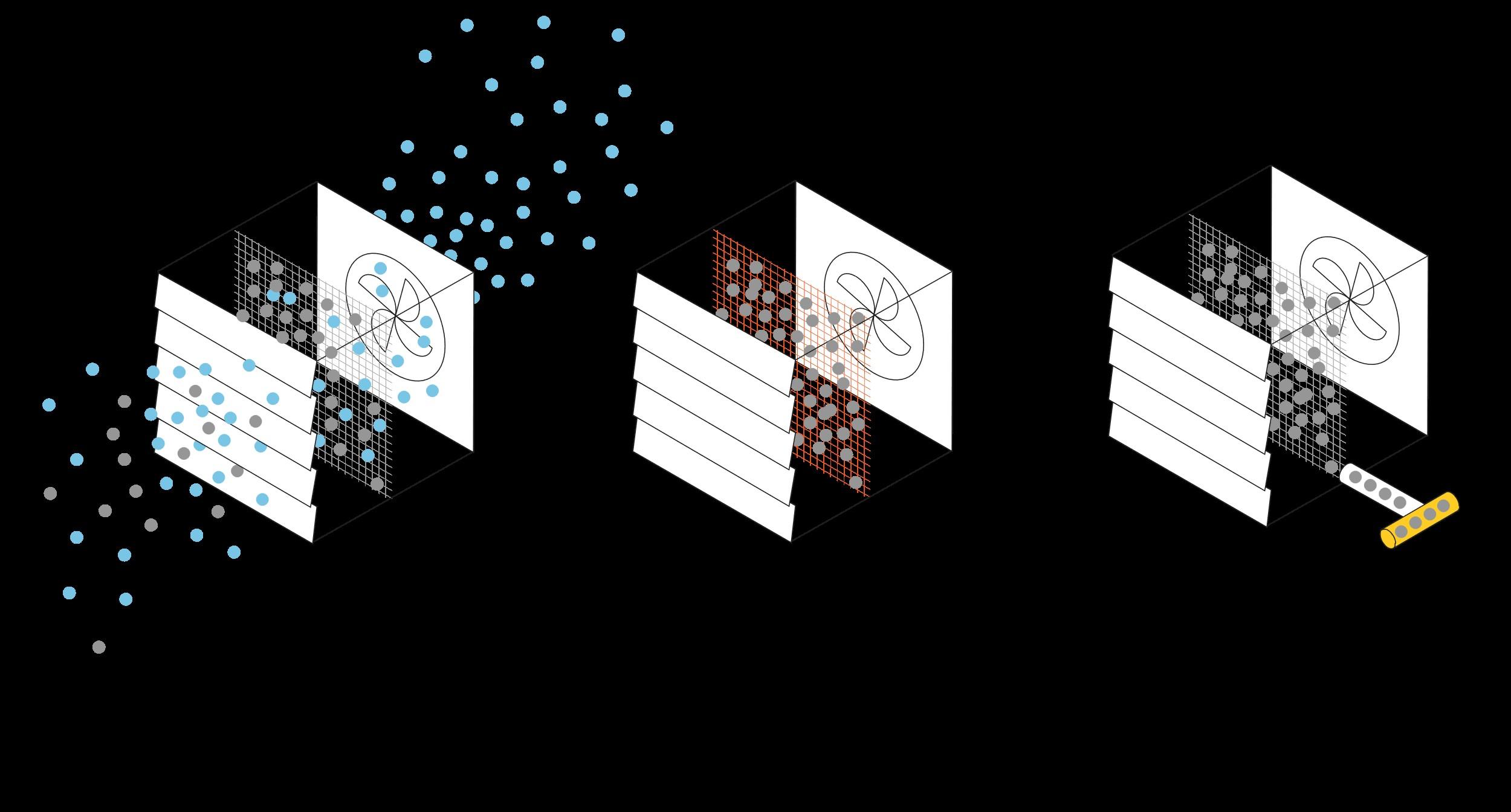
CO2 is chemically bound to the sorbent.
Once the sorbent is saturated with CO2, it is heated to 100 ºC.


The air is sucked into the collector by a fan and trapped in a sorbent.
The flaps close. The sorbent is heated to 100 °C / 210 ºF by steam.
2 is released and permanently stored in the ground in basalt-like soil.
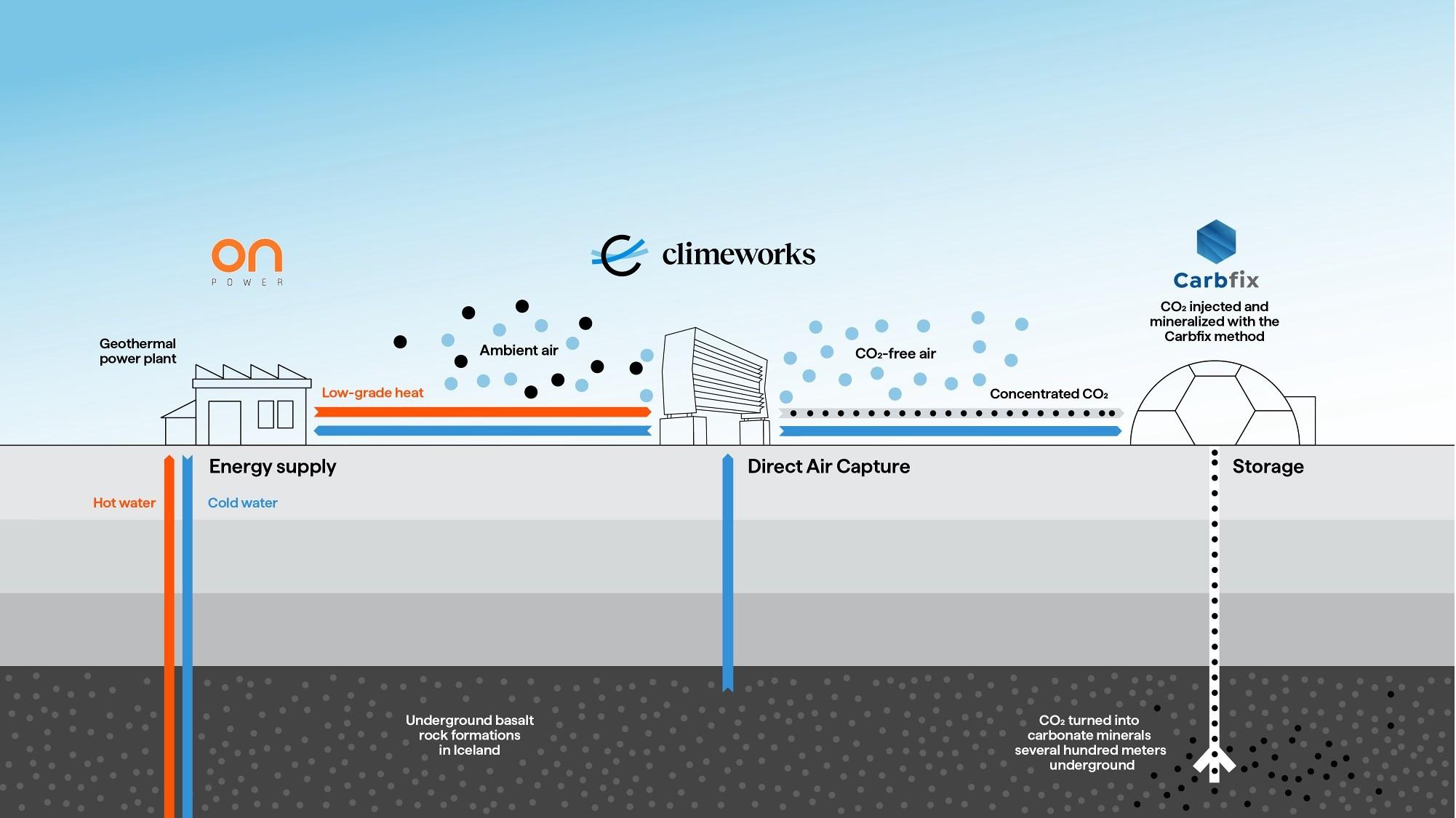


Permanent CO2 is removed from the air and stored for 10,000+ years

Scalable
Highly scalable through low land footprint and modular technology design

Certified All CDR services delivered from Orca are independently certified by Puro.earth

Additional We remove CO2 from the atmosphere, only enabled by our customers

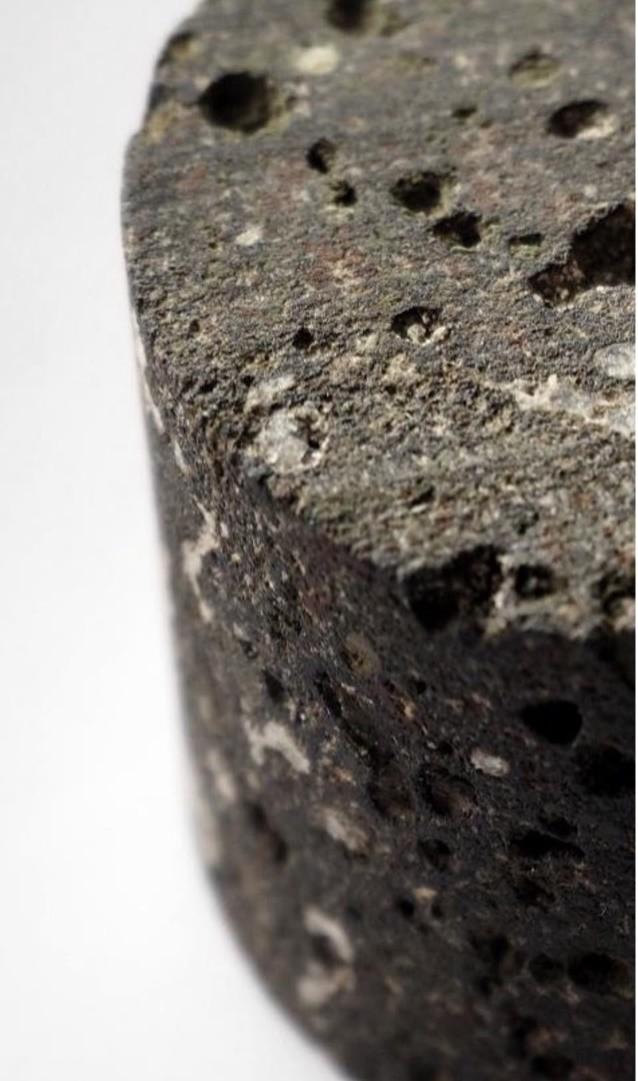

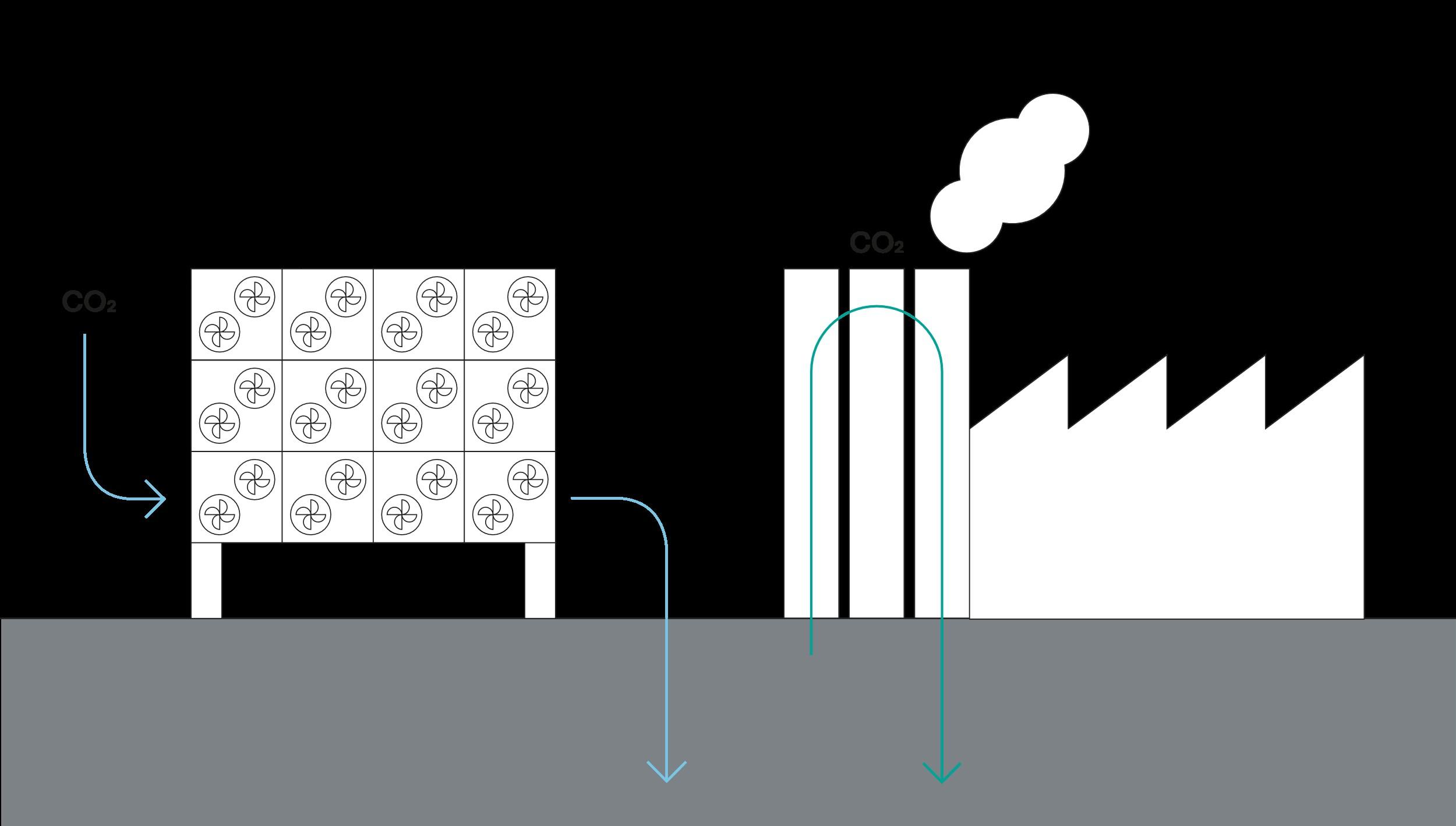




CDR via DAC+S removes CO2 directly from the atmosphere, resulting in negative emissions.
CCS captures fossil CO2 at point sources before it enters the atmosphere & stores it, resulting in avoided emissions.

Climeworks Solutions is now your provider for holistic carbon removal portfolios, uniting the best-in-class suppliers across engineered and naturebased approaches - including our cutting-edge DAC+S technology

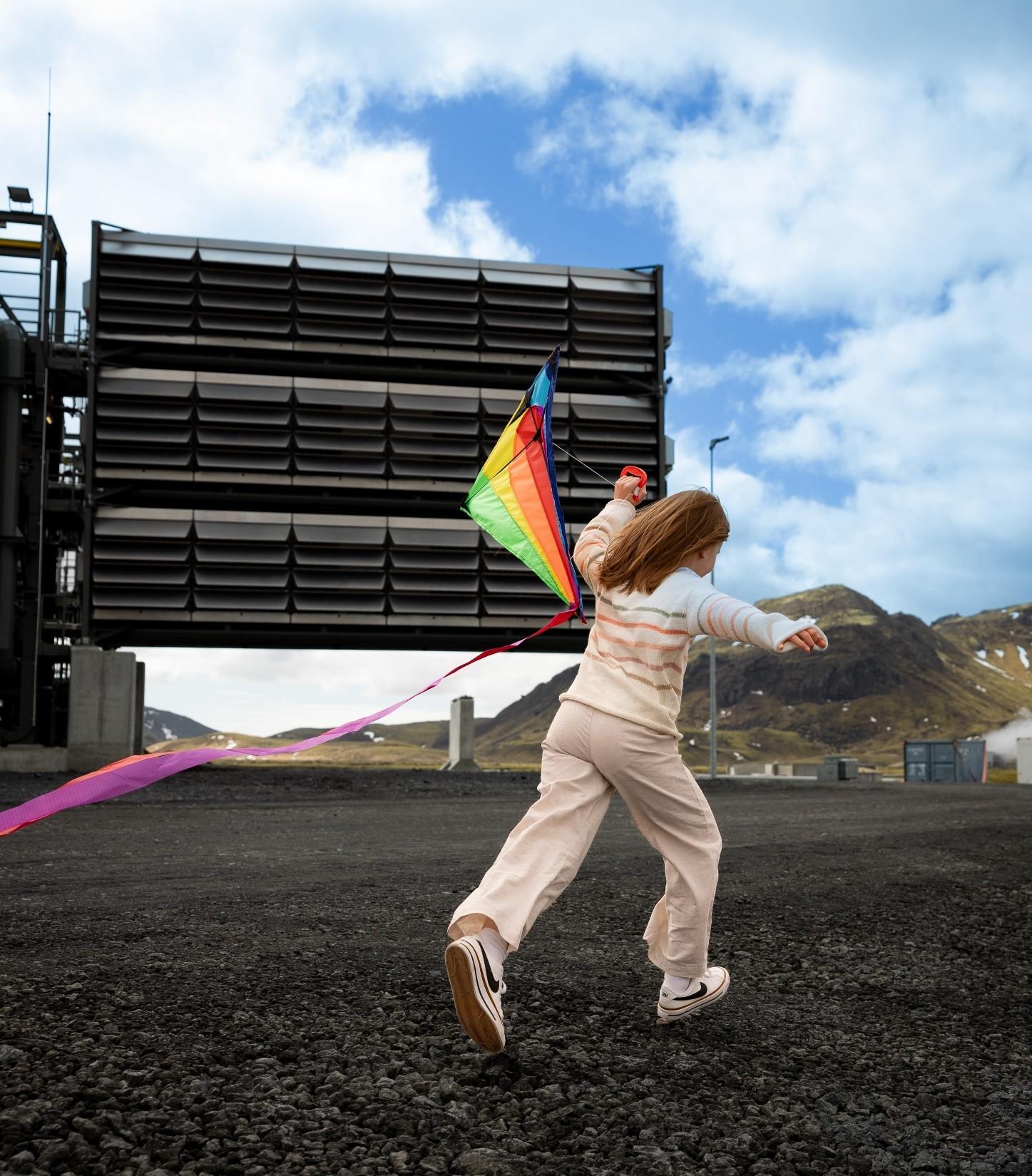

Our vision
We dare to reclaim control of our climate future to protect our planet, the only home we have.








Monsieur Alfonso Gomez, Conseiller administratif en charge des finances et du développement durable, Ville de Genève
Madame Dre. Kari De Pryck, Maîtresse assistante, Université de Genève, Institut des sciences de l’environnement
Monsieur Laurent Müller, Directeur Strategic Partnerships Management, Climeworks AG

Partenaires:







